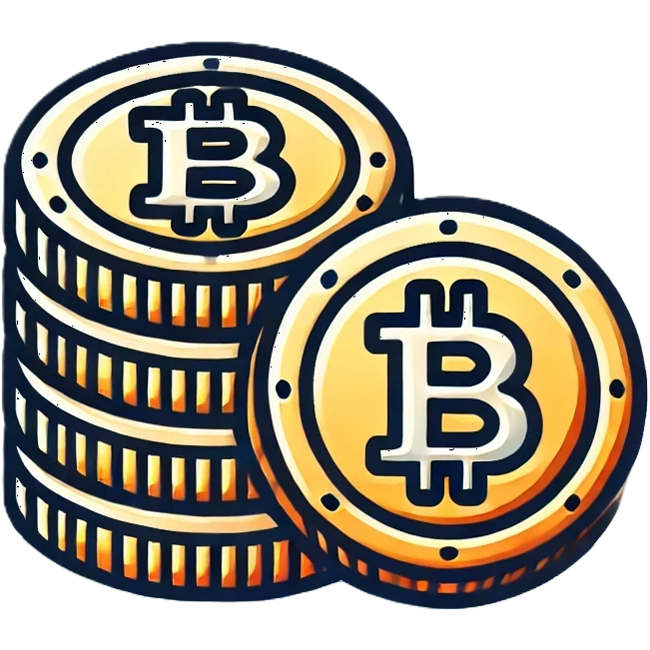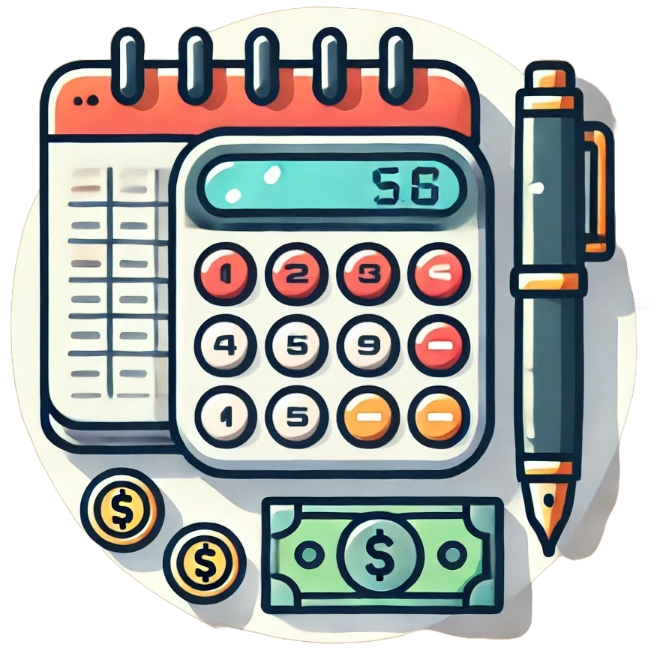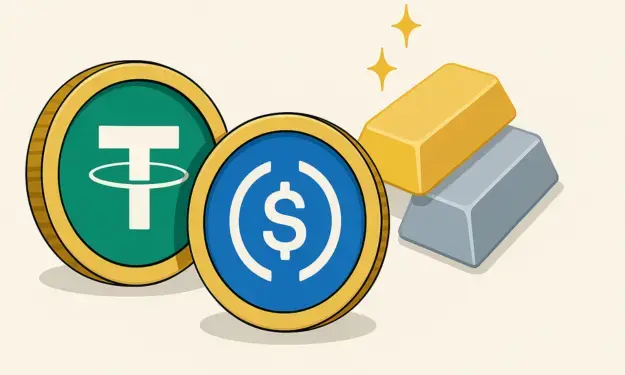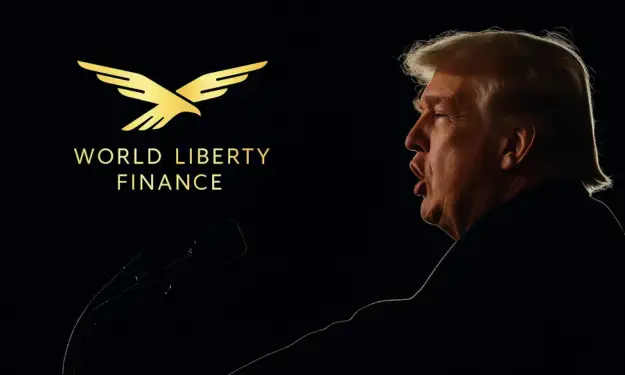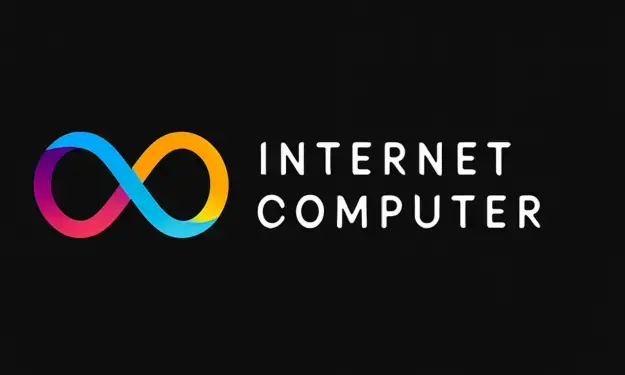Publication date: April 17, 2025
While altcoins like Solana, XRP, and the revamped Sonic attract the most attention, another blockchain continues to grow quietly in the background: TRON. Founded by Justin Sun in 2017, TRON has since emerged as one of the most influential blockchain platforms in the world, despite the limited attention it often receives.
Yet TRON is now in the top 10 largest crypto projects based on market capitalization. The network processes more transactions daily than Ethereum and plays an important role in the stablecoin market. It is also innovating with artificial intelligence (AI). Time to take a closer look at this project.
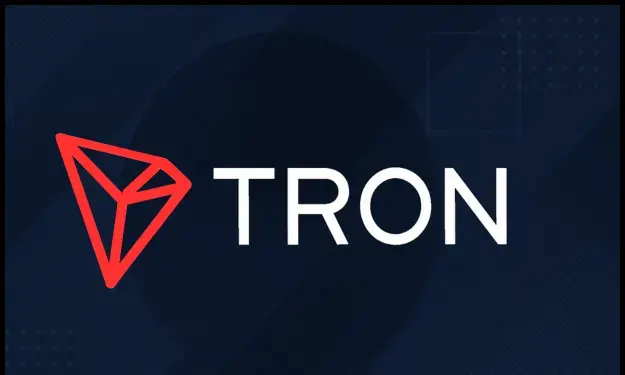
What is TRON?
TRON is a so-called Layer-1 blockchain network. That means it is its own independent platform, just like Ethereum or Solana. TRON's main goal is to decentralize the Internet, meaning less dependence on large tech companies and more control for users themselves.
The network now processes more than 4.5 million transactions per day and hosts more than 1,800 applications. This makes TRON one of the most active blockchains in the world.
What makes TRON extra attractive is that it is fast, cheap, and energy efficient. This is because it uses an efficient method of processing transactions called DPoS.
What is DPoS?
DPoS stands for Delegated Proof of Stake. This is the mechanism TRON uses to determine who gets to confirm transactions and add new blocks to the blockchain, a kind of democratic voting system within the network.
Users of the network can lock in their TRX (TRON's currency) and thereby vote for a limited number of trusted participants called validators. These validators keep the network running.
Advantages of DPoS:
-
Faster and more efficient than Bitcoin's system (Proof of Work)
-
Lower energy consumption
-
Democratic, because users vote on who gets to manage the network
-
More scalable because only a limited number of validators are active
DPoS allows TRON to process transactions at lightning speed, while keeping the network secure and accessible for both developers and ordinary users worldwide.
Stablecoin dominance
One of TRON's greatest successes has been its role in the world of stablecoins, digital coins tied to a fixed value such as the U.S. dollar. More than 50% of all USDT (Tether), the most popular stablecoin, is moved through the TRON network.
Especially in Asia, TRON is widely used for fast, cheap payments. And because you need TRX (TRON's currency) to make those transactions, the token remains in demand. That makes TRON an important player in global crypto payments.
Recent developments
TRON has recently shown that it continues to develop as a mature blockchain ecosystem with a clear vision for the future. The focus is on technological innovation, institutional collaborations, and expanding the network's reach. Some notable developments:
1. AI integration through TRON AI: In March 2025, TRON announced a separate infrastructure layer that combines blockchain with artificial intelligence. The focus is on AI-driven smart contracts and decentralized AI models, with applications in DeFi, content creation, and gaming, among others.
2. Collaboration with Dominica and other states: Since 2022, TRON has been the official national blockchain infrastructure of the Dominican Republic. In 2024, cooperation was expanded to include digital IDs and stablecoin payments within state projects. Other Caribbean countries are also showing interest in this approach.
3. Cross-chain expansion through BitTorrent Chain (BTTC): Through subsidiary BitTorrent, TRON is developing a cross-chain bridge that offers compatibility with Ethereum and BNB Chain, among others. This interoperability makes the TRON network more attractive to developers and investors outside its ecosystem.
4. Increasing DeFi activity: DeFi platforms such as JustLend and SunSwap are growing rapidly, with over $7 billion in Total Value Locked (TVL) now within TRON's ecosystem. This confirms TRON's role as an important foundation in the decentralized financial sector.
These developments illustrate how TRON is strategically positioning itself for the future and thus not only as a low-cost transaction network, but as a versatile platform with applications in government, finance, and artificial intelligence.
Price performance and market sentiment
Looking at TRON's price movement over the past six months, we can see that the currency has been in a clear upward trend since November 2024. On December 3, TRX peaked at around $0.45, a notable outlier. However, this high price did not manage to hold along. From early 2025, the price began to stabilize within a range between $0.21 and $0.26, which is clearly visible in the chart.
In this zone, $0.21 has become an important support level, while the upper end of the range, $0.26, has been tested several times since January but has not yet been convincingly broken. A breakout on either of these sides could determine the next movement in TRX's share price.
Although TRON receives relatively little media attention compared to other major projects, its share price performance is impressive: over the past year, TRX's value increased by a whopping 121%. A remarkable achievement for a project still underestimated by many.

What could drive up the price of TRON?
1. Increased use in developing countries: More and more countries are using TRON for fast, low-cost payments with USDT. If this continues to grow, demand for TRX will also increase.
2. AI applications: By combining blockchain and artificial intelligence, TRON can offer unique applications and differentiate itself from other projects.
3. Collaboration with other blockchains: The BitTorrent bridge allows more people and apps to use TRON, increasing its value and visibility.

.svg)




